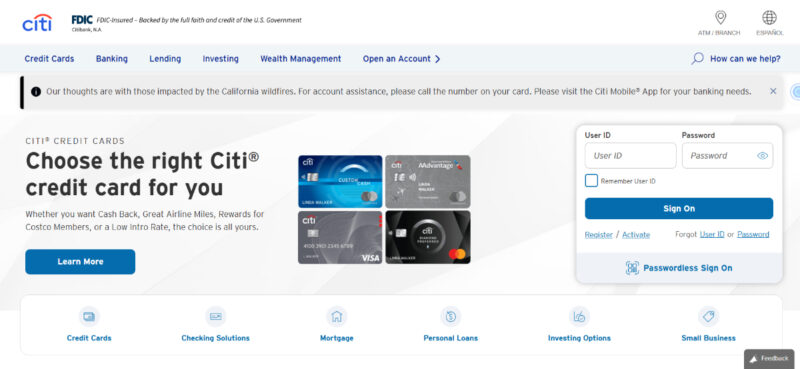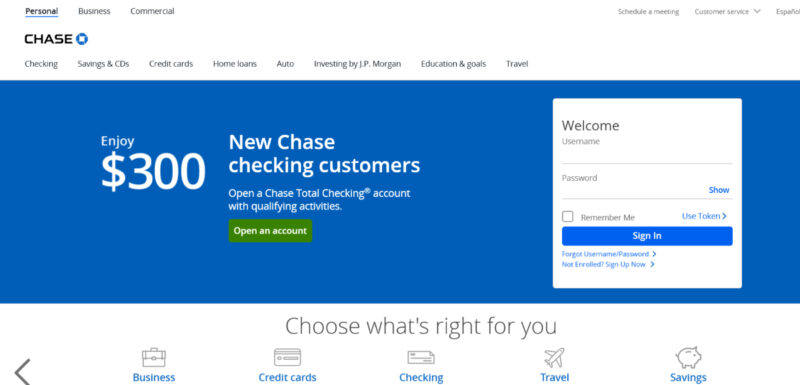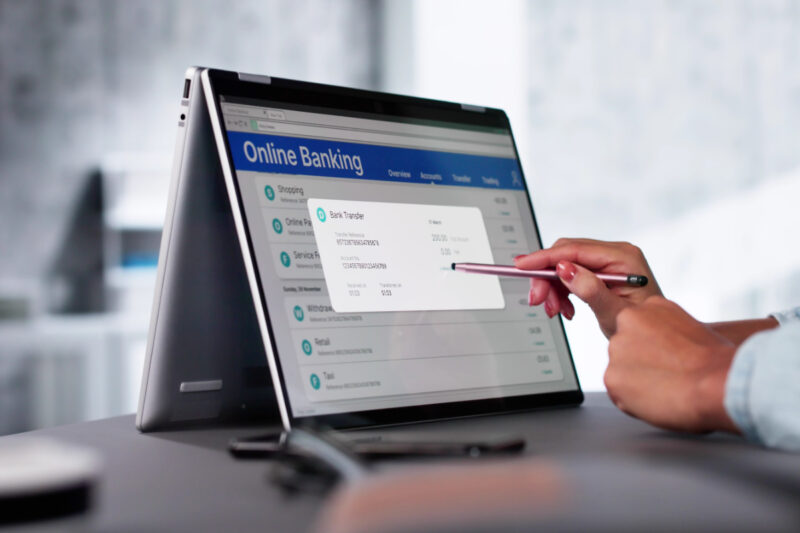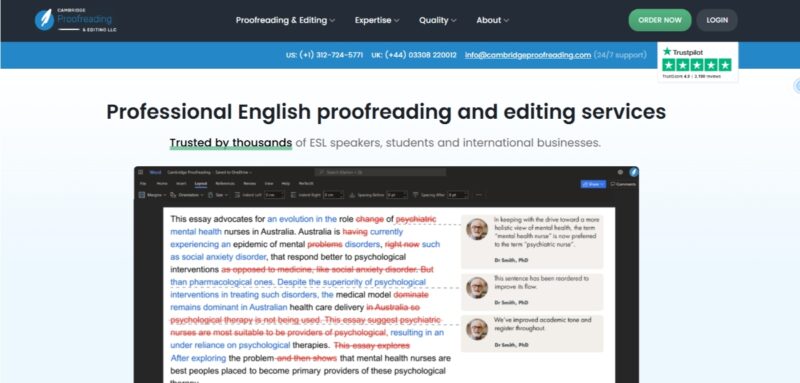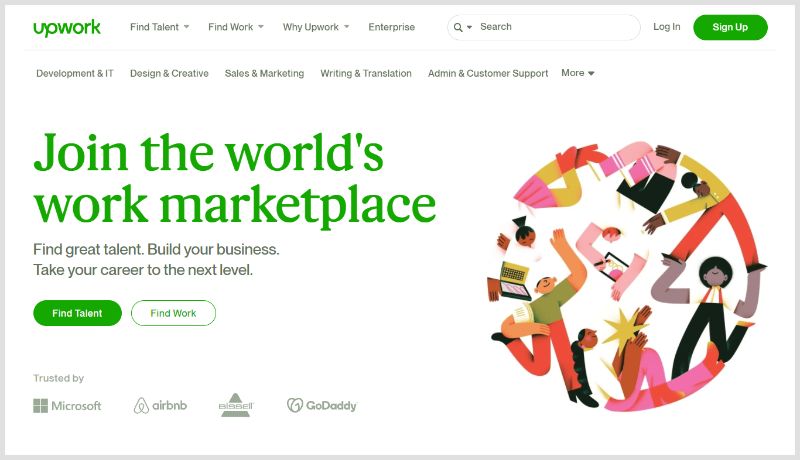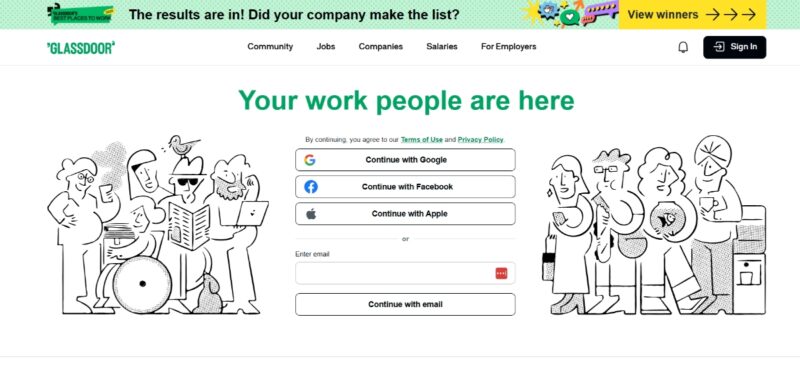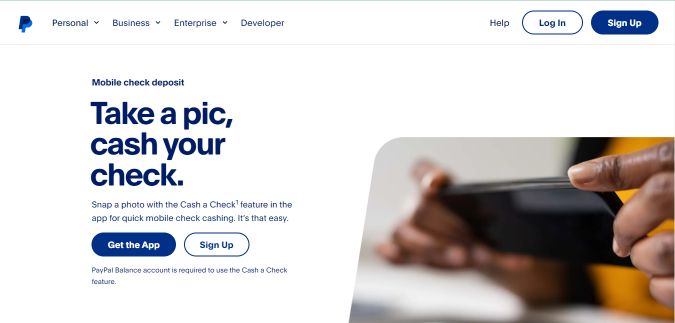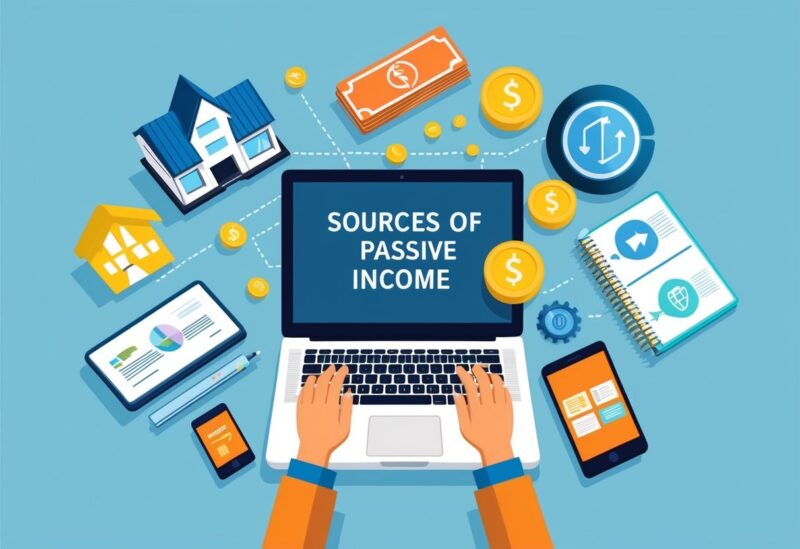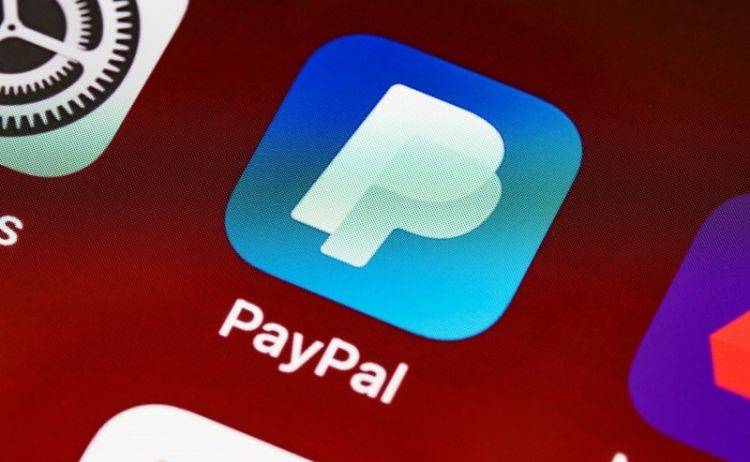Are you dreaming of starting a business from home without breaking the bank? You’re not alone. Many aspiring entrepreneurs seek to turn their skills into income without a big upfront investment. While there’s no magic formula for instant success, some home-based business ideas offer real potential with low startup costs.

The key is finding opportunities that match your talents and interests while meeting a market need. This article explores 11 work-from-home business ideas that won’t drain your savings account. We’ll look at options ranging from virtual assistant services to online tutoring. You’ll learn about the basic requirements, potential earnings, and tips for getting started in each field. Building a successful business takes time and effort, but these ideas can help you take that first step without financial strain.
1. Freelance Graphic Design

Graphic design is a great work-from-home business with low startup costs. You probably already have a computer and design software. If not, you can start with free tools like Canva.
As a freelance designer, you’ll create logos, social media graphics, brochures, and more for clients. Build a portfolio showcasing your best work to attract customers. Start by offering services to friends, family, and local small businesses.
Set competitive rates based on your skills and experience. You can find clients on freelance websites, social media, or by networking. Deliver high-quality work on time to build a good reputation.
Keep learning new design trends and tools to stay competitive. Specializing in a niche like logo design or book covers can help you stand out. With dedication and skill, you can turn your design passion into a thriving home business.
2. Virtual Assistant Services

Starting a virtual assistant business can be a great way to work from home with low costs. You’ll help busy professionals and companies with tasks they don’t have time for.
To get started, think about what skills you already have. Can you manage schedules, handle emails, or do basic bookkeeping? Those are all valuable VA services. You might focus on one area or offer a mix.
The good news is you don’t need much to begin. The main requirements are a computer, reliable internet, and basic software. As you grow, you can add tools to boost your productivity.
Finding clients takes some effort at first. Try reaching out to local small businesses or joining online platforms for VAs. Once you build a reputation, word-of-mouth can bring in more work.
Set your rates based on your experience and the tasks you’re doing. Many VAs charge $15-50 per hour. As you gain skills and clients, you can raise your rates.
3. Etsy Craft Store

Starting an Etsy craft store is a great way to turn your creative hobby into a work-from-home business. You can sell handmade items like jewelry, home decor, or clothing. The key is finding a niche that matches your skills and interests.
Take photos of your best work and create eye-catching listings to get started. Use descriptive titles and tags to help customers find your products. Price your items competitively while still making a profit.
Don’t forget about packaging and shipping. Cute, branded packaging can make your products stand out. Research shipping options to find the most cost-effective methods for your items.
Marketing is crucial for Etsy’s success. Share your store on social media and consider running Etsy ads. Offer excellent customer service to earn positive reviews and repeat customers.
Keep track of your expenses and profits. This will help you see which products are most profitable and where you can cut costs. Your Etsy store can become a thriving home business with hard work and creativity.
4. Online Tutoring

Want to share your knowledge and help others learn? Online tutoring could be perfect for you. It’s a great way to work from home with low startup costs.
Pick a subject you know well. Math, science, languages, and test prep are always in demand. You don’t need fancy equipment – just a computer, webcam, and reliable internet.
Set up a profile on tutoring websites like VIPKid or Chegg. Or create your own website to attract students directly. Social media can help spread the word about your services.
Decide on your rates. Research what other tutors charge for similar subjects. Start a bit lower to build up reviews, then raise your prices as you gain experience.
Be patient and flexible with your students. Everyone learns differently. Tailor your teaching style to each person’s needs. This personal touch will keep students coming back.
5. Social Media Management

Managing social media for businesses can be a great work-from-home gig with low startup costs. You’ll need a computer, reliable internet, and a knack for creating engaging content.
Start by picking a niche you know well—maybe fashion, tech, or local businesses. This will help you stand out from general social media managers. Learn the ins and outs of platforms like Instagram, TikTok, and LinkedIn.
Offer a free trial to your first client to build your portfolio. Show them how you can boost engagement and followers. Once you prove your worth, charge monthly retainers around $500 per client.
Use free tools like Canva for graphics and Later for scheduling posts. Invest in paid tools to save time and improve results as you grow. Remember to stay up-to-date on social media trends to keep your clients’ accounts fresh and engaging.
See Related: From Side Hustle to Startup: When and How to Scale Your Business
6. Blogging for Affiliates

Want to make money from home? Blogging for affiliates might be your ticket. You’ll write about products you love and earn commissions when readers buy through your links.
To get started, pick a niche you’re passionate about. Maybe it’s fitness gear, eco-friendly products, or tech gadgets. The key is choosing something you enjoy and know well.
Next, set up a simple WordPress site. Don’t worry – it’s easier than you think. There are tons of free tutorials online to help you out.
Now comes the fun part – creating content. Write honest reviews, how-to guides, and comparison posts. Share your real experiences with products. Readers can smell fake reviews a mile away.
Remember, success won’t happen overnight. Building trust with your audience takes time. Stay consistent, keep learning, and don’t give up. With patience and hard work, you could turn your blog into a profitable home business.
7. E-book Publishing

E-book publishing is a great way to make money from home with low overhead. You can write about topics you’re passionate about or have expertise in. All you need is a computer and some writing skills to get started.
The best part? You don’t need to print or store physical books. Online platforms like Amazon Kindle Direct Publishing let you upload and sell your e-books for free. They handle the sales and give you a cut of each purchase.
To succeed, pick a niche that interests you and has demand. Research what readers want and create helpful content. Make sure your e-book looks professional and has a good cover and formatting. Promote it on social media and to your network.
You can also create short, focused e-books on specific topics. These can quickly produce and appeal to readers looking for targeted info. Consider making a series of related e-books to build a loyal audience.
8. Online Fitness Coaching

Want to turn your passion for fitness into a work-from-home business? Online fitness coaching might be perfect for you. You can help people get in shape from anywhere with a computer and internet connection.
To get started, get certified as a personal trainer. This gives you credibility and the skills to create safe, effective workouts. Next, choose your niche. Maybe you specialize in weight loss, strength training, or workouts for busy parents.
Set up a simple website to showcase your services and expertise. Use social media to share fitness tips and attract potential clients. Offer free mini-sessions to build trust and show off your coaching style.
You’ll need video conferencing software to connect with clients virtually. Create customized workout plans and nutrition guides to supplement your live coaching sessions. Consider offering both one-on-one and small-group training options.
Stay organized with scheduling and billing software as you build your client base. Keep learning and expanding your skills to provide even more value to your clients.
9. Dropshipping

Dropshipping can be a great work-from-home business with low overhead. You don’t need to keep any inventory on hand. Instead, you sell products online and have the supplier ship directly to your customers.
To get started, pick a niche you’re interested in. Maybe you’re interested in eco-friendly home goods or pet accessories. Then, find reliable suppliers who offer those products. Popular platforms like Shopify make it easy to set up an online store.
Your main job is marketing and customer service. You must create product listings, run ads, and handle customer questions or issues. As orders come in, you simply pass them along to your supplier for fulfillment.
The key is finding the right products and suppliers. Look for items with decent profit margins. Make sure your suppliers are responsive and ship quickly. With some effort, you can build a profitable dropshipping business from your home office.
10. SEO Consulting

SEO consulting can be a great work-from-home business with low overhead. You’ll help companies improve their search engine rankings and online visibility. To start, brush up on the latest SEO best practices and tools.
Your main costs will be a computer and internet connection. You may want to invest in some SEO software, too. But overall, expenses are minimal.
I aim to find clients, network on LinkedIn, and attend local business events. Create a simple website showcasing your SEO skills and results. You can also try freelance sites to get your first gigs.
As you build your reputation, you can raise your rates. Many SEO consultants charge $75-150 per hour or more. You can earn a good income working from home with just a few regular clients.
See Related: The Side Hustle Mindset: Habits of People Who Successfully Juggle Full-Time Jobs and Profitable Side Gigs
11. Web Development

Web development can be a great work-from-home business with low overhead. You can learn coding languages like HTML, CSS, and JavaScript. Free online courses are available to help you build skills.
Offer to build simple websites for local small businesses or nonprofits as you gain experience. This helps you grow your portfolio. You can work on projects in your spare time while keeping up with your day job.
To find clients, join online freelancing platforms or network in your community. Start with smaller projects and gradually take on more complex work. To stand out, focus on a niche like e-commerce sites or blogs.
You’ll need a reliable computer and internet connection. As you grow, consider investing in web design software. With low startup costs and flexible hours, web development can be a rewarding home business.
Understanding Overhead in Home Businesses

Starting a home business can be a great way to keep costs low. But it’s important to know what overhead means and why it matters. Let’s look at the key parts of overhead for home businesses.
Defining Overhead Costs

Overhead costs are the ongoing expenses you must pay to run your business. For a home business, this might include:
• Internet and phone bills
• Computer and software costs
• Office supplies
• Insurance
• Licenses and permits
Some costs, like your mortgage or rent, maybe partial overhead. If you use part of your home just for work, you can often deduct some of these expenses from your taxes.
Importance of Low Overhead

Keeping your overhead low is crucial when you work from home. It helps you:
• Make money faster – With lower costs, more of what you earn is profit.
• Take fewer risks – You don’t need as much startup cash or ongoing income.
• Be more flexible – Lower expenses mean you can adapt quickly if needed.
Low overhead gives you room to grow your business slowly. You can test ideas without spending a lot. And you can keep prices competitive while still making money.
Remember, even small costs add up over time. Track all your expenses carefully. Look for ways to cut costs without hurting quality. This will help your home business succeed in the long run.
See Related: AI-Powered Side Hustles You Can Start Today
Optimizing Your Home Workspace

An efficient home office is key to running a successful work-from-home business. The right setup can boost your productivity and help you stay focused.
Essential Tools and Equipment

Start with a comfortable desk and chair that support good posture. Your chair should have adjustable height and lumbar support. Get a laptop or desktop computer with enough power for your needs. A second monitor can be a game-changer for multitasking.
Don’t forget about lighting. A good desk lamp reduces eye strain, noise-canceling headphones block out distractions, and a wireless keyboard and mouse give you more flexibility. Consider a standing desk converter to mix things up during long work days.
Stock up on basic office supplies like pens, notebooks, and a planner. A whiteboard or bulletin board helps with brainstorming and organizing tasks.
Creating an Efficient Home Office

Choose a quiet spot away from high-traffic areas in your home. If possible, pick a room with a door you can close. This helps you separate work and personal life.
Declutter your workspace regularly. A tidy desk leads to a tidy mind. Use filing cabinets or storage boxes to keep papers organized. Cable management solutions keep cords neat and out of the way.
Add some personal touches to make the space inviting. A few plants can improve air quality and mood. Hang some inspiring artwork or photos. But don’t go overboard – keep it professional.
Make sure you have a strong internet connection. Consider upgrading your router or using a wired connection for more stability during video calls.








